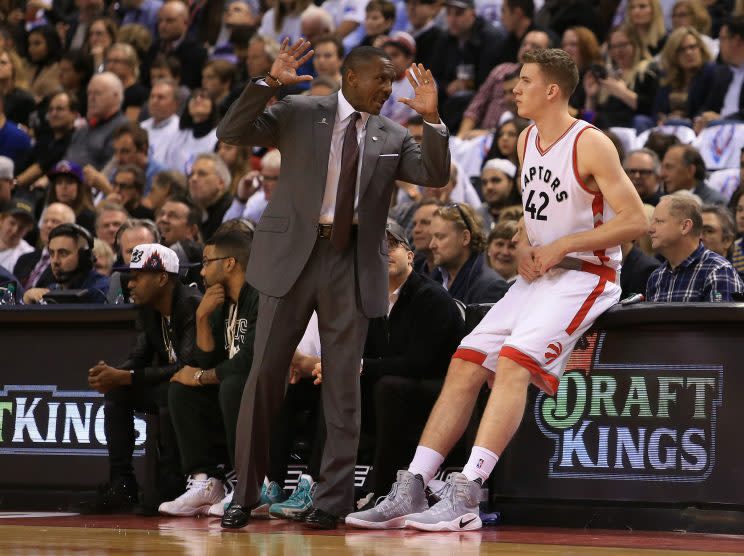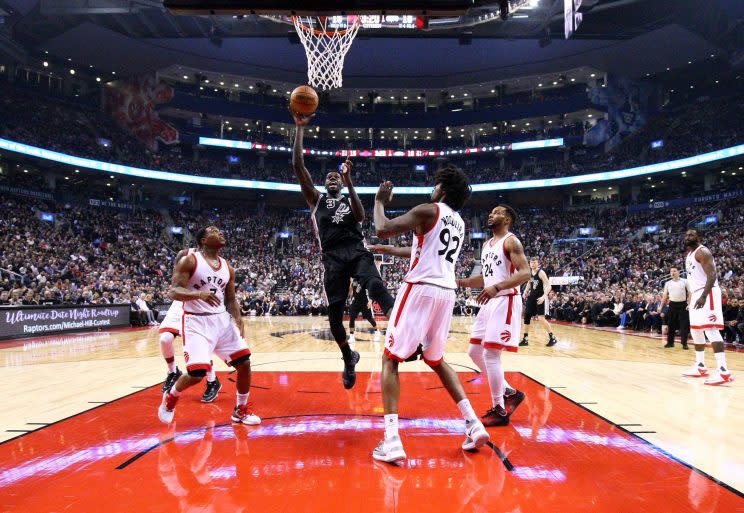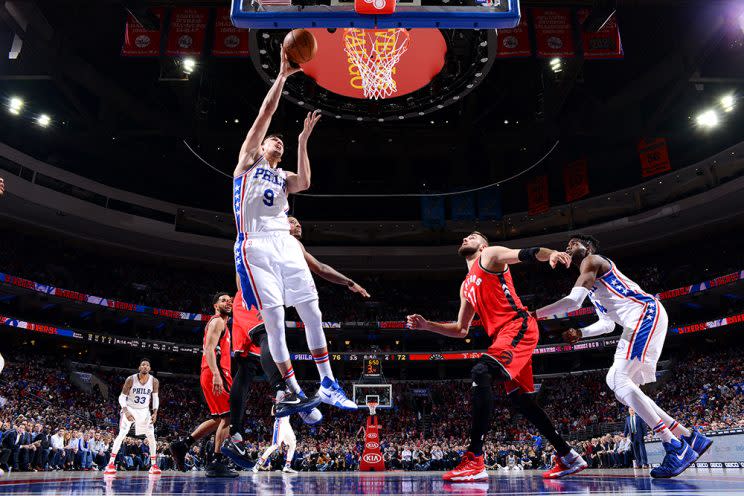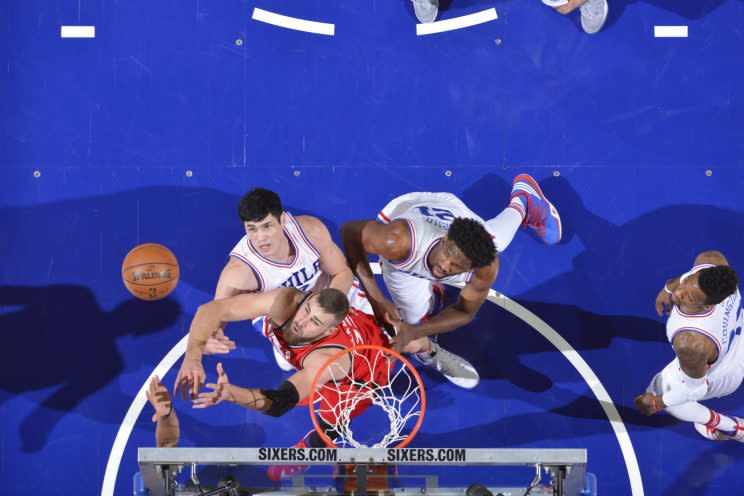Raptors' defence has abandoned them amid recent struggles

Defence was the foundation upon which Toronto Raptors head coach Dwane Casey built his team into an Eastern Conference contender. A four-game losing streak — the franchise’s first since March 10, 2015— may have shown some cracks are starting to form.
Currently, Toronto is allowing teams to score an average of 104.9 points per game, which ranks 15th overall in opponent scoring. It’s a far cry from last season’s third-ranked 98.2 points allowed per game, and even more alarming, the 6.7 increase in points allowed is the most of any team other than the New York Knicks.
Through 45 games, the Raptors have given up 110 points or more 16 times — it happened on only nine occasions a season ago. Though most of these contests have been competitive — the Raps have only four double-digit losses this season — the inability to get defensive stops is proving to be of most concern.
Here’s a look at three reasons why the Raptors have suffered such a decline on the defensive end this season.

Points in the paint
The cornerstone for almost any good defence is protecting the rim and not allowing opponents easy shots in the paint. Unfortunately for the Raptors, this has been an area the team has struggled with all season.
Against Toronto, teams are scoring an average of 43.1 points per game in the paint, a mark that has the Raptors among the worst in the league (26th overall). By comparison, the Raps were a top 10 defence protecting the lane a year ago, allowing opponent just 38.7 points inside the paint. Once again, the scoring increase is the second largest in the league this season.
Although the Raptors are currently ranked in the top 10 in opponent fast-break points allowed, giving up an average of 12.2 points on the break, they were fourth overall last season having surrendered just 11 points per game.

Opponents FG%
The Raptors are not only allowing teams to score inside more, but their opponents are doing it so much more efficiently.
In fact, the Raps are allowing opponents to shoot 45.6% from the field this season which places them 18th overall. Their defensive efficiency rating of 105.9 is tied for 16th overall, as per the metric used by ESPN Hollinger team statistics. Last season, Toronto was ranked 11th in both categories — allowing opponents to shoot just 44.4% while possessing a defensive efficiency of 102.7.

Defensive Rebounding
A big part of closing out possessions is securing defensive rebounds, something the Raptors have found to be increasingly difficult.
Though the Raps were never a defensive rebounding juggernaut, their 33.2 defensive rebounds a game was enough to keep them in the middle of the pack a season ago. That number has dropped to 31.5 and yet again places Toronto among the worst in the league.
Some of this can be explained on account of losing backup big man Bismack Biyombo in the offseason. Injuries to sixth man extraordinaire Patrick Patterson and free-agent signee Jared Sullinger have hampered the process. As a result, relying heavily on the inexperienced Lucas Nogueira has become a rollercoaster on a nightly basis.
Most of these concerns will possibly go unnoticed amidst the offence’s surge to the top of the league this season, but until Toronto can solve its issues on the defensive end, the recent struggles are likely to continue.

 Yahoo Sports
Yahoo Sports 

